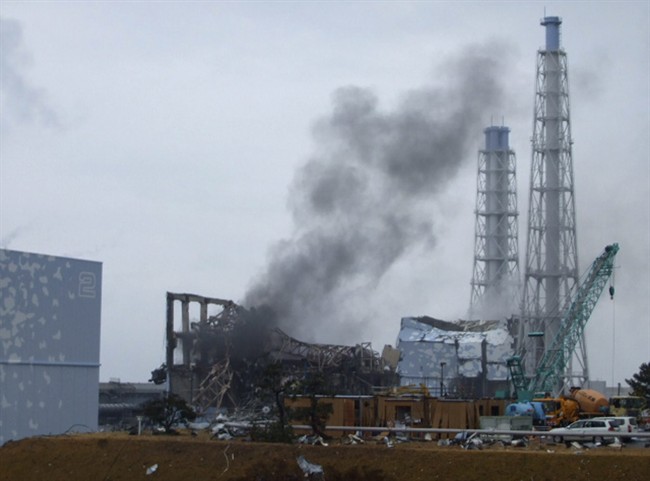TORONTO – A new study out of the University of New South Wales has concluded that the radioactive ocean plume from the 2011 Fukushima nuclear plant disaster will reach the west coast of Canada and the U.S. in three years.

On March 11, 2011, a magnitude 9.0 earthquake struck off the shore of Japan, creating a tsunami that killed more than 20,000 people. The tremor severely damaged the Fukushima Dai-ichi nuclear power plant.
The study, which appeared in the journal Deep-Sea Research 1 claims that, although the waste can be expected to reach the western United States in three years, it will most likely be harmless.
The radioactive particles, called radionuclides which includes Cesium-137 (Cs-137) has the potential to travel vast distances, due to its half-life of 30.1 years. Though Cs-137 can be non-radioactive, the type used in nuclear reactors is radioactive.
The research models suggest, however, that Cs-137 will be significantly diluted by the time it reaches the west coast.
Two currents off the Japanese coast – the Kuroshio Current and the Kurushio Extension – are responsible for accelerating the radioactive particles across the Pacific Ocean.
In the model, some of the particles can be seen to reach the coast of British Columbia.
Researchers from the Centre for Excellence for Climate System Science used several ocean simulations to track the path.
To see how particles can travel around the ocean, click here.


Comments